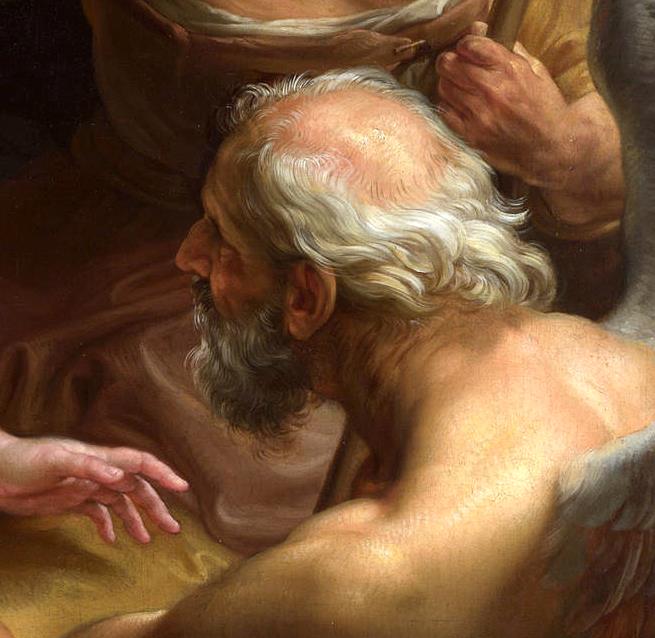"Time orders Old Age to destroy Beauty", By Pompeo Batoni
Bartolomeo Talenti, a Lucca nobleman who sponsored Batoni's early career in the 1740s, commissioned the painting.Time, Old Age, and Beauty are shown in the artwork.Time is a gray-haired old guy with white wings behind his back. He holds an hourglass in his hand as a metaphor of the transience of what he represents. Sand granules move inexorably from one part to another. Nothing is going to stop them. Nothing can stop the passage of time.The painting was completed in 1746. This is clearly revealed by the author's signature on the front of the painting. It is visible on the right side of the image. Hence the authorship and date of production are unquestionable. In 1798, the artwork was acquired by Russian prince Alexander Andreevich Bezborodko. His art collection was passed down to his great-grandchildren after his death. "Time commands old age to ruin beauty," it turned out, belonged to Nikolai Aleksandrovich Kushelev-Bezborodko, an avid collector. Upon his death, Kushelev's art collection was left to the Museum of the Academy of Arts, which established a separate Kushelev gallery (there were more than 500 paintings and sculptures in the gallery).
Regrettably, the artwork "Time commands old age to ruin beauty" is no longer available in Russia. It is now on display in the National Gallery in London. The museum purchased it in 1961.
Nothing has the ability to stop time. Even youth and attractiveness. A little girl represents Beauty in the painting. She is still stunning. Yet Time's harsh finger is already pointed at her. And nearby is an unattractive elderly woman who represents Old Age. And Old Age's hands are already reaching out to the young and budding face of Beauty. Because, no matter how much Beauty turns away, no matter how long it postpones the encounter with Old Age, it is unavoidable. Because the clock has struck twelve. Of course, this will not happen overnight. The tree behind the young maiden is still green and healthy. However, in time, only a dried twig of him will remain, which will be placed on the coffin, which is already visible behind the elderly woman. A painting that is both powerful and profound in its significance. Is she capable of making someone uninterested? It is, after all, about each of us. And it is up to us to determine what to do if old age, at the behest of time, destroys our beauty. And it certainly will be... Pompeo Girolamo Batoni (1708-1787) was a prominent and sought-after 18th-century Italian painter. Batoni aimed for the mild classicism of the past masters in his painting. And this artwork is representative of the artist's tastes.










No comments:
Post a Comment